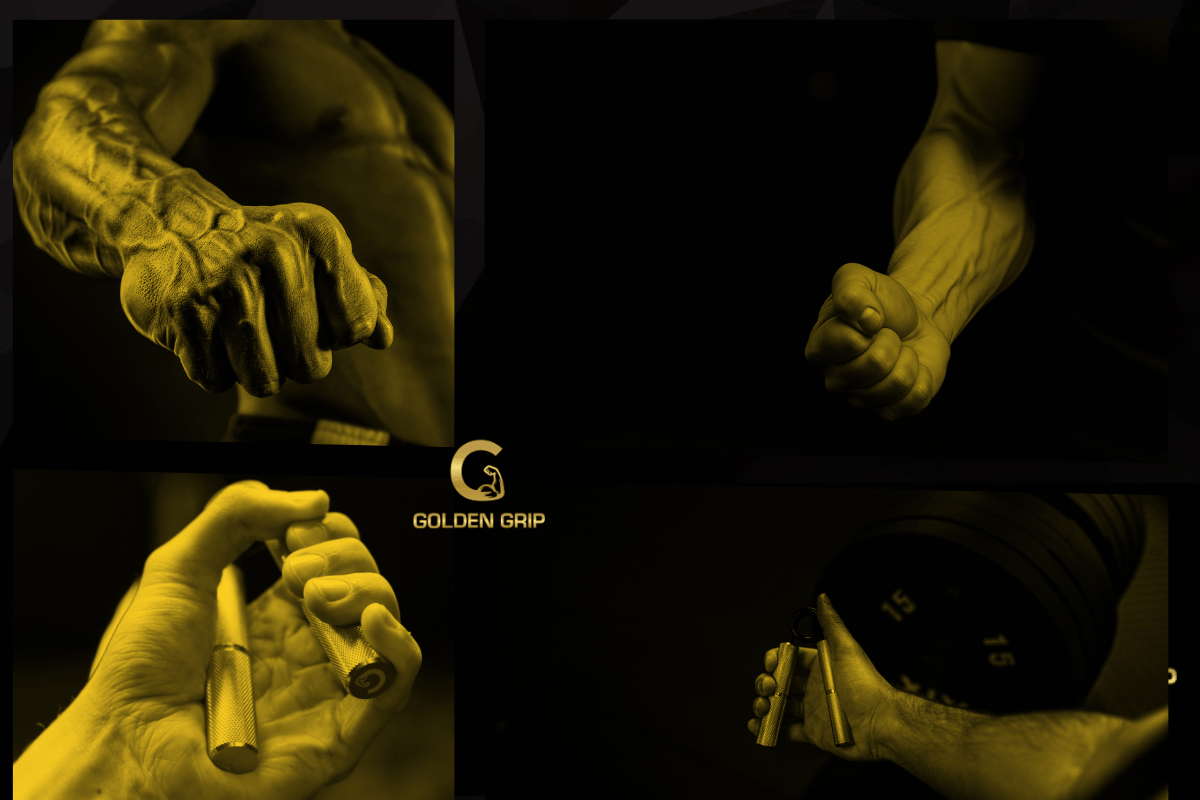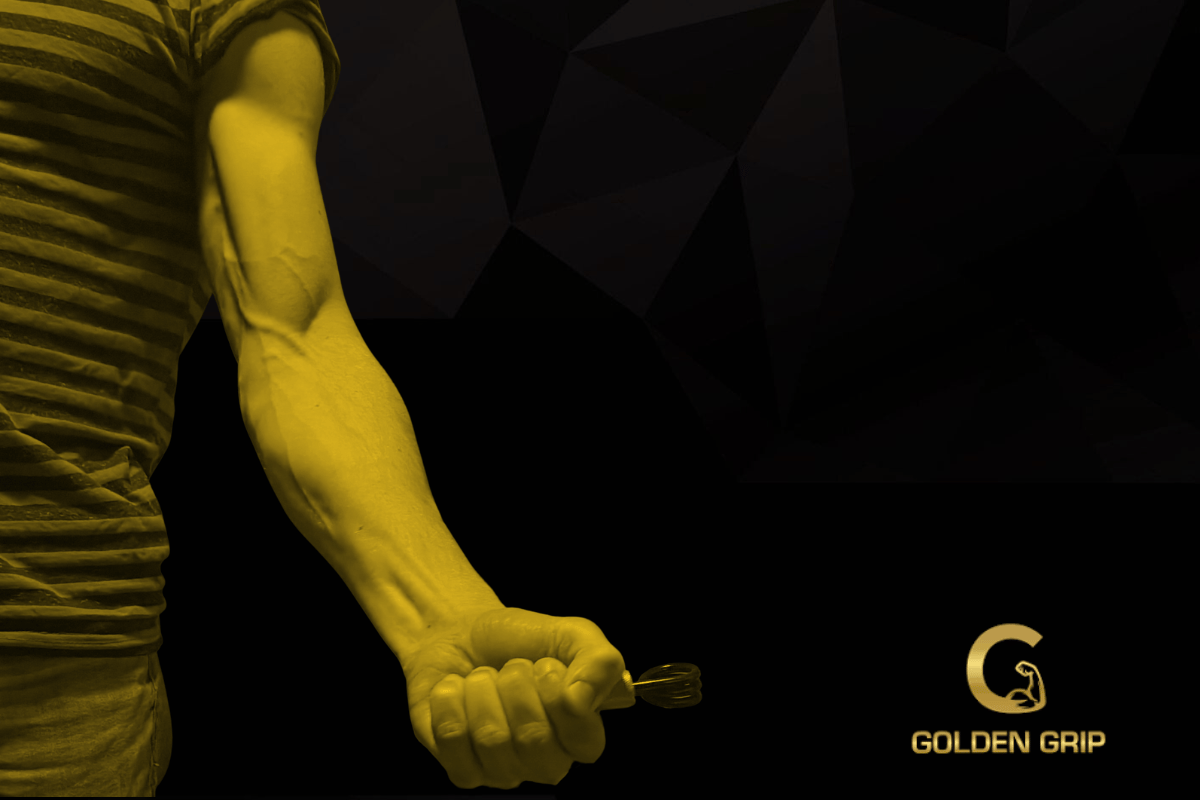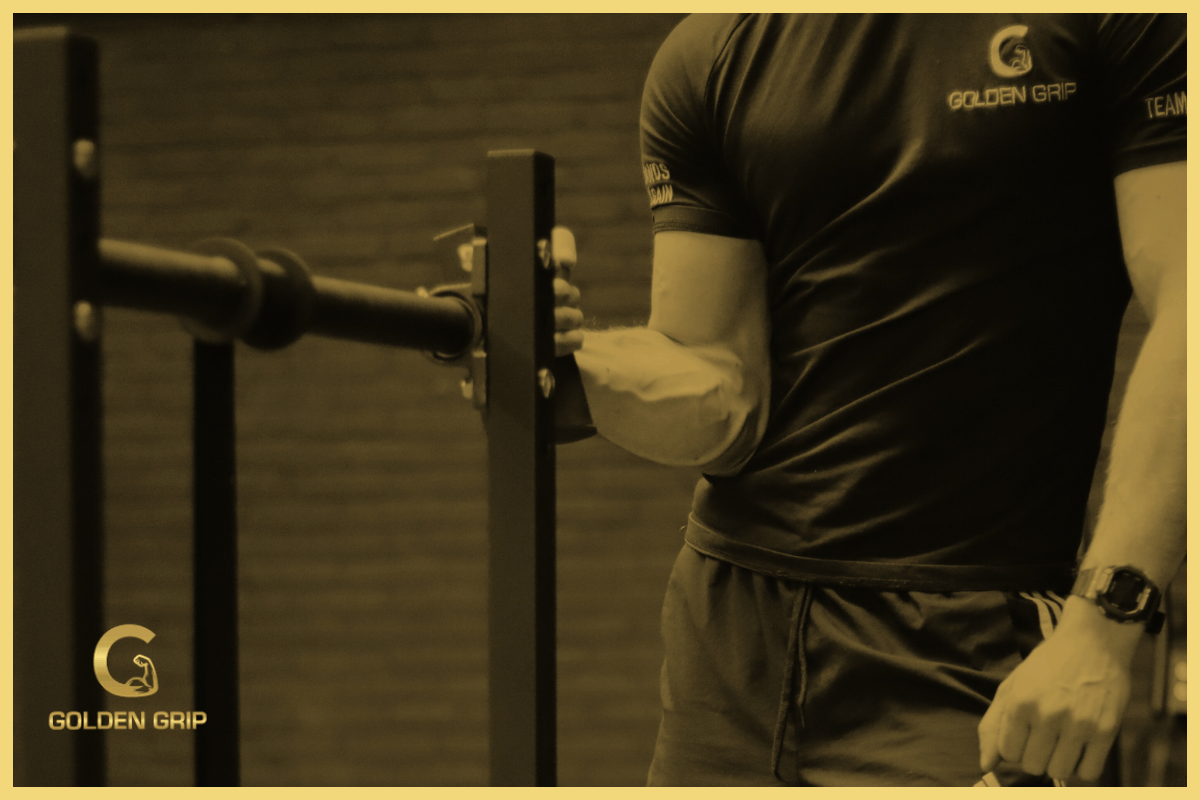The 4 Types of Grip Strength Explained
What Most Lifters Get Wrong About Grip Strength
Let’s be real—most gym goers treat grip strength as an afterthought. Maybe you throw in a few wrist curls at the end of arm day, or you only care when your deadlift slips. But here’s the thing: true grip strength isn’t just one muscle. It’s a system—four different types, each firing up different muscle fibers and movement patterns.
Ignore even one, and your gains stall. Neglect them all, and you leave muscle and performance on the table. If you want thick, vascular forearms, iron wrists, and a handshake that tells a story, you need to train every grip type. Let’s break down what they are and why they matter.
The 4 Main Types of Grip Strength
When most people hear “grip strength,” they picture squeezing a hand gripper or holding onto a heavy bar. But grip strength splits into four distinct types:
- Crushing Grip — closing your hand forcefully around something
- Pinch Grip — holding an object between your thumb and fingers
- Supporting Grip — holding heavy loads for time (think deadlift holds, farmer’s walks)
- Hand Extension (Reverse Grip) — opening your hand against resistance
Each one builds different muscles and carries over to different lifts, sports, and injury prevention.
Crushing Grip
This is the classic “power handshake” grip. Crushing grip is your ability to close your fingers forcefully around something—like squeezing a gripper, a tennis ball, or crushing someone’s hand in a shake. The main movers here are your forearm flexors and deep hand muscles.
- Key muscles: Forearm flexors, flexor digitorum profundus, intrinsic hand muscles
- Sports it impacts: Strongman, MMA, wrestling, judo, any time you need to crush or squeeze
- Classic exercises: Hand grippers, heavy dumbbell holds, thick bar work
Real world example: Closing a heavy hand gripper, or snapping a stick in half.
Pinch Grip
Pinch grip is all about thumb strength—holding something between your thumb and fingers without wrapping your hand around it. Think about picking up a pair of heavy weight plates by the smooth side, or carrying a stack of books pinched between your fingers and palm.
- Key muscles: Thenar muscles (thumb pad), adductor pollicis, forearm flexors
- Sports it impacts: Climbing, armwrestling, any activity where you need thumb power
- Classic exercises: Plate pinches, pinch grip blocks, thumb holds
Real world example: Carrying groceries by the top of the bag, or lifting two smooth weight plates together.
Supporting Grip
Supporting grip is your ability to hang onto heavy weights for time. It’s isometric—your hands aren’t moving, but they’re fighting to not let go. Every time you deadlift, do a pull-up, or carry a heavy sandbag, this is what saves you from dropping the load.
- Key muscles: All forearm flexors, extensors, intrinsic hand muscles, tendons
- Sports it impacts: Powerlifting, CrossFit, strongman, obstacle course racing, climbing
- Classic exercises: Dead hangs, farmer’s walks, heavy rack pulls, thick bar holds
Real world example: Holding a loaded barbell at the top of a deadlift, or carrying all the grocery bags in one trip.
Hand Extension (Reverse Grip)
This is the “anti-grip”—the ability to open your hand forcefully, working the extensors on the back of your forearm. Most lifters completely ignore this. But training extension balances the flexors, boosts injury resistance, and keeps your wrists healthy.
- Key muscles: Forearm extensors, extensor digitorum
- Sports it impacts: All sports for injury prevention; also relevant for climbers and combat sports
- Classic exercises: Rubber band hand extensions, rice bucket work, finger extension elastics
Real world example: Snapping your hand open fast, or resisting someone trying to bend your fingers inward.
Why Training All 4 Matters
Here’s what most people don’t realize: each grip type fires up different muscles. If you only train one, you’ll leave massive gaps—weak thumbs, overworked flexors, unbalanced forearms, and a bigger risk of wrist or elbow pain. If you want true forearm size, bulletproof wrists, and elite carryover to sports, you need all four.
- Muscle growth: Each type targets a unique set of muscle fibers for more overall size
- Injury prevention: Balanced flexor and extensor training keeps tendons healthy
- Real-world strength: Different grip demands show up in every sport, job, and daily task
Grip strength isn’t just about crushing power—it’s about versatility, endurance, and long-term health.
Sample Grip Training Routines
If you want real results, hit every type at least once a week. Here’s a quick sample split:
- Crushing Grip: Hand grippers — 3x8-12 (max effort closes)
- Pinch Grip: Plate pinches — 3x30 second holds
- Supporting Grip: Farmer’s walks — 4x40 meters, heavy as possible
- Hand Extension: Rubber band opens — 4x20 reps, slow and controlled
Rotate your focus each week, but never let any category go untrained for more than 2 weeks.
Common Grip Training Mistakes
- Only training crushing grip (and ignoring thumb or extensor work)
- Not training the extensors at all—leading to elbow pain and muscle imbalances
- Skipping supporting grip work, so your heavy pulls plateau
- Jumping to heavy weights before building tendon resilience (risking injury)
Train smart: Start light, hit every angle, progress slowly, and pay attention to recovery.
Conclusion: Unlock Your Full Strength
If you want thicker forearms, more plates on the bar, and strength that translates to everything you do, start training all four types of grip strength. Don’t just chase the pump—build the hands and forearms that set you apart.
Chalk up, grab something heavy, and crush it—then pinch, hold, and open. Your future grip will thank you.



